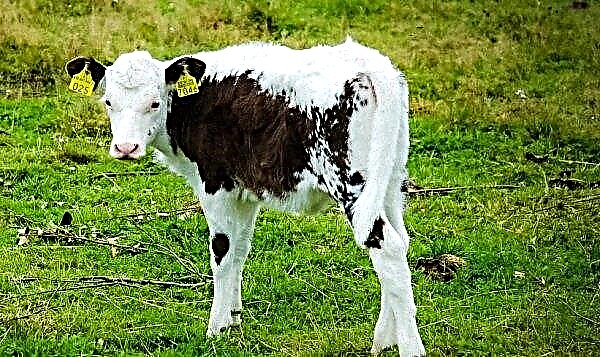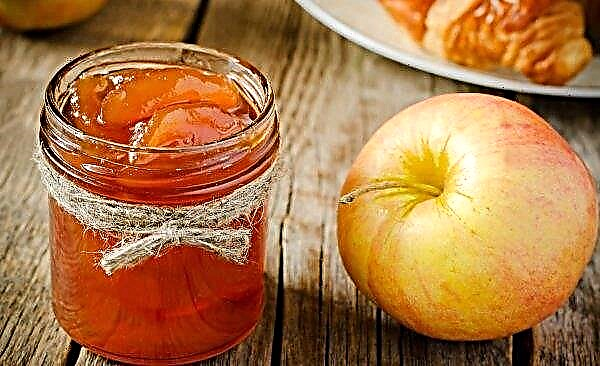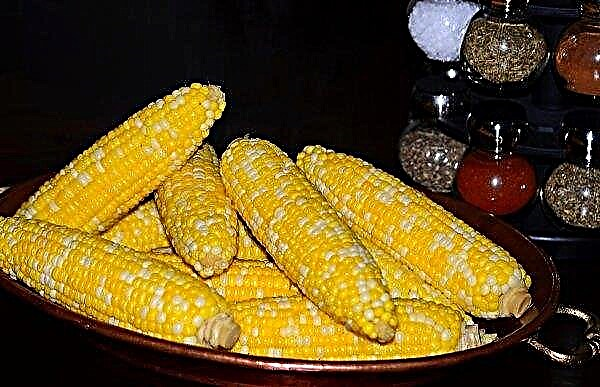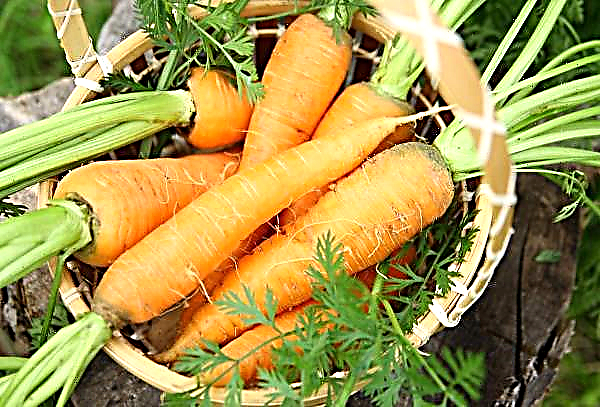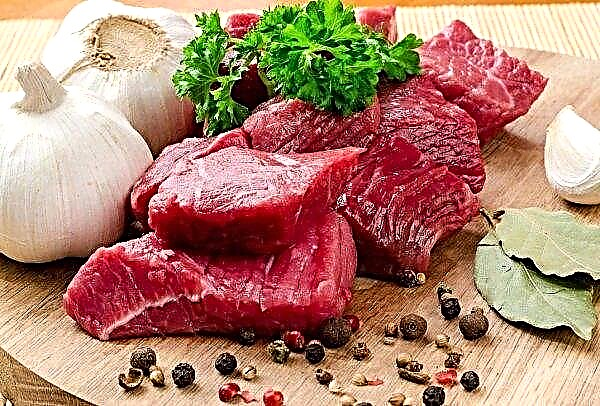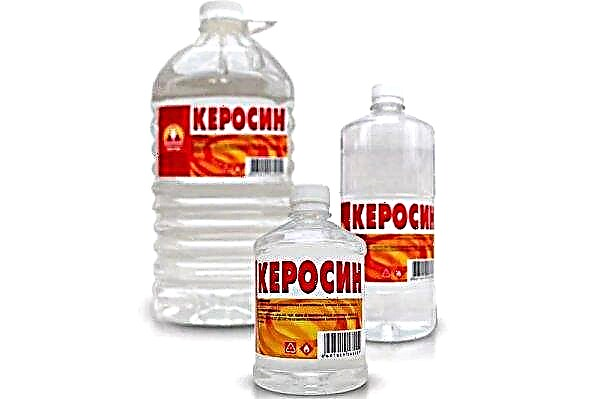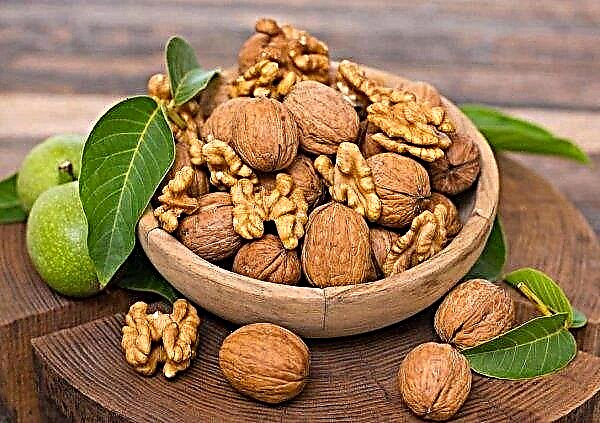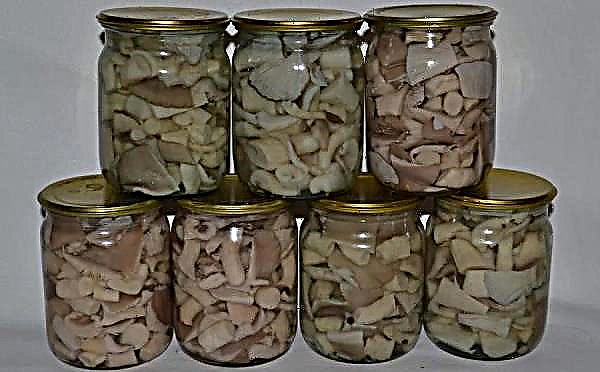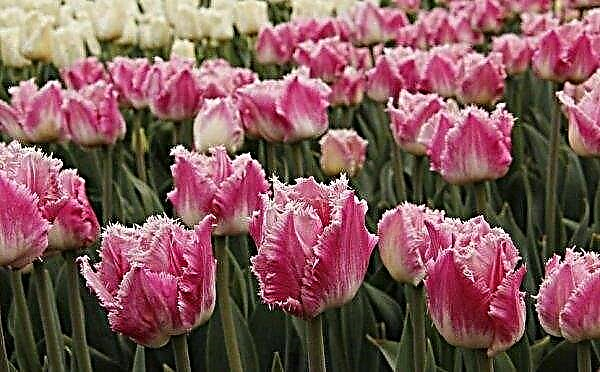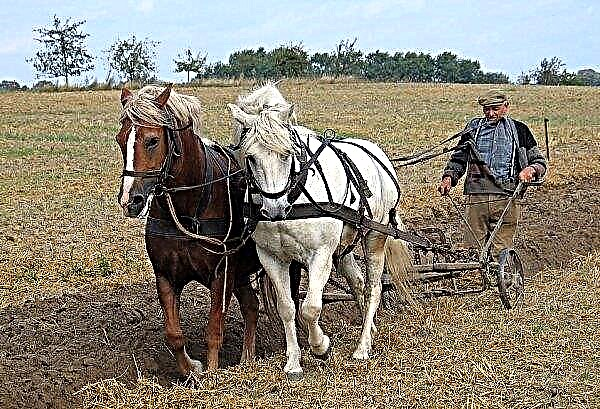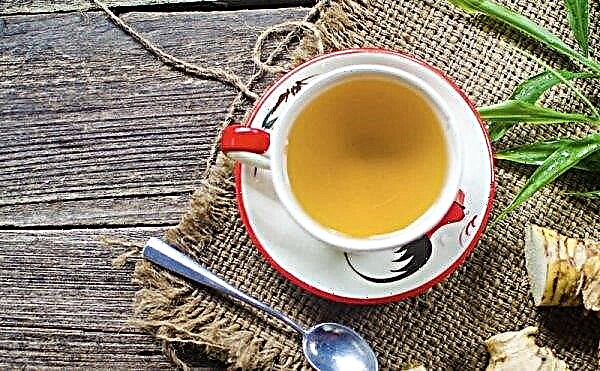Many gardeners, who first planted a honeysuckle on their plot, cannot wait for a long time to harvest, suspecting that there is something wrong with the bush or the care was wrong. In this article you will learn all the features of fruiting of edible honeysuckle, as well as details about the development of this plant.
What determines the start date of fruiting of young honeysuckle plants
There are a lot of factors that affect the fruiting period of this crop. The plot, soil, environmental conditions, etc. are of importance. Next, we will consider how the fruiting start time varies for different varieties, and how care can affect this.
Did you know? There are around 250 varieties of honeysuckle, and in Russia there are more than 100 of them.
From grade
When choosing a variety, it is important to pay attention to its ripening dates. They can vary - from very early to late, whose harvest will have to wait almost until the first cold weather.
Here is a list of the most popular domestic varieties of honeysuckle and their ripening dates:
| Blueberry | Early July |
| Long-fruited | At the end of May |
| My joy | In August |
| Altair | In July |
| Swallow | In mid-June |
| Chelyabink | At the beginning of August |
| Lapis lazuli | In July |
All these varieties are characterized by high productivity and large-fruited. However, even the best of them will not be effective without the right approach to them. Given the maturity, it is necessary to plan the planting of the seedling and all further care for it.
From leaving
Here are the most common errors in care that can delay the crop or provoke its complete absence:
- Incorrectly selected area. Young seedlings require a lot of sunlight. Although honeysuckle is unpretentious, in long shaded places it will give a meager harvest. For its cultivation, lowlands and steep slopes, as well as too acidic soils, are not suitable. A suitable level of acidity is within the range of pH 5.5-6.5.
- Lack of moisture. For the first time after planting, a seedling needs abundant and frequent watering, regardless of weather conditions. In the first half of summer they need to be divided. During this period, the plant develops most quickly, and a lack of watering can greatly slow down the formation of fruits.
- Pruning. Unlike other fruit crops, edible honeysuckle does not require early pruning - it only delays the onset of the first crop.
 To choose the most appropriate care for your variety, check out its individual growing technology on the Internet or in the nursery where the seedling was purchased.
To choose the most appropriate care for your variety, check out its individual growing technology on the Internet or in the nursery where the seedling was purchased.
How much does honeysuckle bear?
If you have decided on a variety and got acquainted with its ripening dates, then you can go to the next important stage - the features of fruiting and life expectancy of this culture.
Plant life
Honeysuckle is a perennial plant. In favorable conditions, it can grow up to 60 years. The average age is 30-50 years. This is a big plus for those who decide to plant a couple of bushes of this crop on their site. She does not need regular transplants, like other berry bushes - she has been growing in one place for more than 20 years. Throughout this time, honeysuckle will bring a tasty and healthy harvest.

Fruiting
The first ripening of fruits usually occurs in the second year after planting. Often there are reviews of gardeners that their bushes yielded crops only in the third or even fourth year. In many respects it depends on the correct care and on the variety.
Important! Without cross-pollination, the productivity of honeysuckle drops several times. This requires the presence of a number of other 2-3 varieties of this plant with the same flowering period.
Active: maximum yield
The most productive and active fruiting in honeysuckle occurs only 6 years after planting. In some varieties, this period may occur earlier. From that moment, industrial enterprises begin to receive the first decent profit. For honeysuckle, this is an extremely good indicator, since it is known that it is generally less prolific than other berry crops, such as strawberries, currants or gooseberries.
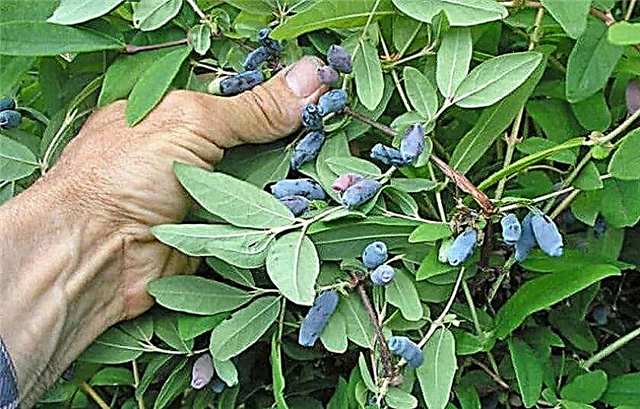 At the peak of productivity, about 8 t / ha can be harvested.
At the peak of productivity, about 8 t / ha can be harvested.
Younger shrubs yield significantly less crop. Different varieties vary in the duration of this period - sometimes it can last 12 years, but the average is 5–7 years. The main thing is to provide abundant and regular watering, as well as top dressing during the formation of flowers and fruits.
Young bushes
The first crop is usually small. On an industrial scale, it is considered extremely small - only 1 kg / ha, that is, 20-30 berries on the bush. But gardeners who are disappointed with this should know that this figure will grow every year.

It is important to create good conditions for the growth of honeysuckle bushes. On an undeveloped site, the effectiveness of even the best varieties drops markedly. A good precursor for this crop is potatoes and other vegetables.
Old bushes
Bushes that have reached 25-30 years of age or more are considered old. In such bushes, woodiness of the stems is observed, a gradual decrease in yield to its complete absence. For gardeners who want to extend the period of good productivity for their old bushes, there is a useful procedure for rejuvenating the bush. For this, it is necessary to prune all old stems to the very root before freezing, leaving only young and strong. This procedure should be carried out annually - this will extend the life of the bushes, as well as get a good harvest longer.
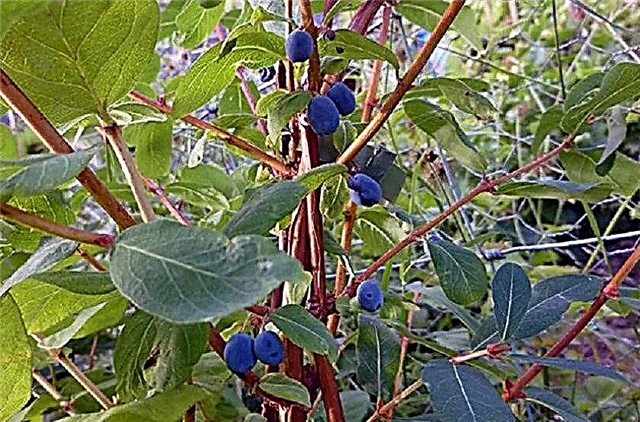
Stages of plant development
The more the gardener knows about the cultivated crop, the better he understands all its features. Honeysuckle in domestic vegetable gardens and plantations is still poorly distributed, although it grows almost everywhere in Russia. Next, you will learn how this plant develops throughout life.
Important! Most varieties of honeysuckle are poisonous: for example, the famous wolfberry. In order to determine the edibility of the fruit, you should pay attention to the color - black and blue berries are safe to eat, and red and orange are poisonous.
1-2 years after planting
In the first years of life, you can notice that the seedling develops extremely slowly - this is due to the fact that for the first 3 years it directs all forces to the formation of only the root system. This is an important stage for the future shrub, therefore it is necessary to provide it with everything necessary - regular watering, mulching and weeding from weeds, if they have germinated. Fertilizing during this period is not required, since the plant will have enough fertilizer that was applied during the preparation of the soil for planting.
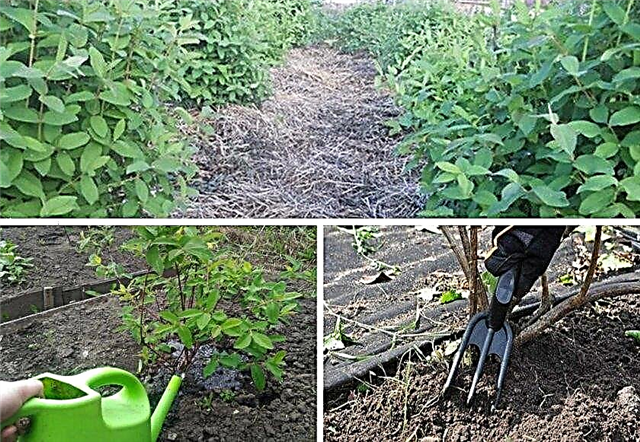
3-5 years after planting
This growth period is called juvenile. This is the initial phase of growth when the seedling begins to actively grow up. Over the course of several years, it forms many new stems and leaves.
During this period, it is recommended to trim the following branches:
- growing at an acute angle;
- thin or damaged;
- longitudinal.
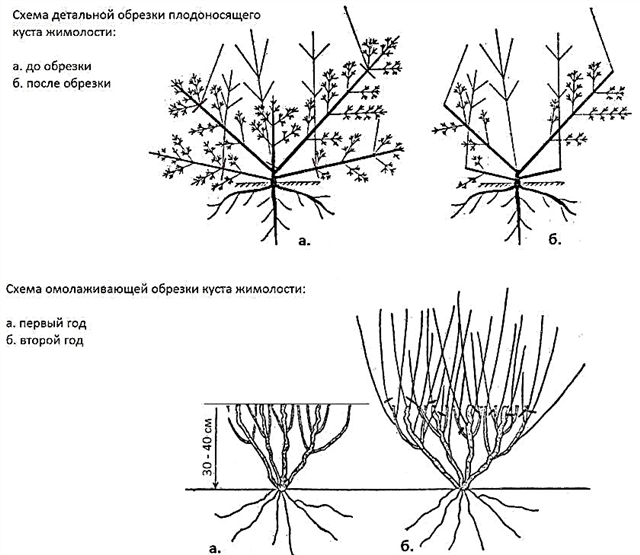
This will avoid excessive thickening, and the main fruit-bearing branches will be enough sunlight and nutrients. Cut sites should be treated with garden varieties to avoid infection. The main thing is not to trim more than 20% of the crown at a time.
Adult bushes
Adults can be considered shoots that have reached 7-10 years of age. This period is called generative. It is characterized by the predominant growth of the bush in breadth. A gradual decrease in yield and growth activity is also observed. This is due to the fact that metabolic processes and vegetation of honeysuckle are slowing down. The first sign of aging is the death of the upper parts of the stems.
Did you know? By the amount of vitamin C contained, honeysuckle is not inferior to lemon. Only 100 g of berries contains the daily norm of this vitamin.
However, saying goodbye to the bush is not worth it. When the signs of aging become apparent, anti-aging pruning should be performed, which is popularly called "stump". To do this, measure 35 cm from the base of the bush and cut off all the stems and shoots to this mark. After a few months, you will notice the formation of young and strong shoots.
Old bushes
The phase when a wilting process starts in a plant is called senile. This usually occurs at the age of 25 years and older. During this period, the death of the upper parts of the plant, stiffness of the stems, almost complete absence of growth, and a significant decrease in yield are observed. Bushes of this age will no longer be useful for industrial enterprises, however, if you grow honeysuckle on your site and do not chase after kilograms of the crop, you can resort to anti-aging pruning.

All stems must be cut to 30 cm from the root, and even at this age, the bush will be able to form about 30 new growths for the next season: in a year, it will delight you with a good harvest. This procedure should be carried out every two years immediately after the snow melts.
Now you know everything about the features of honeysuckle fruiting, as well as its development throughout life. This knowledge will help you get a rich crop of crops all these years.

